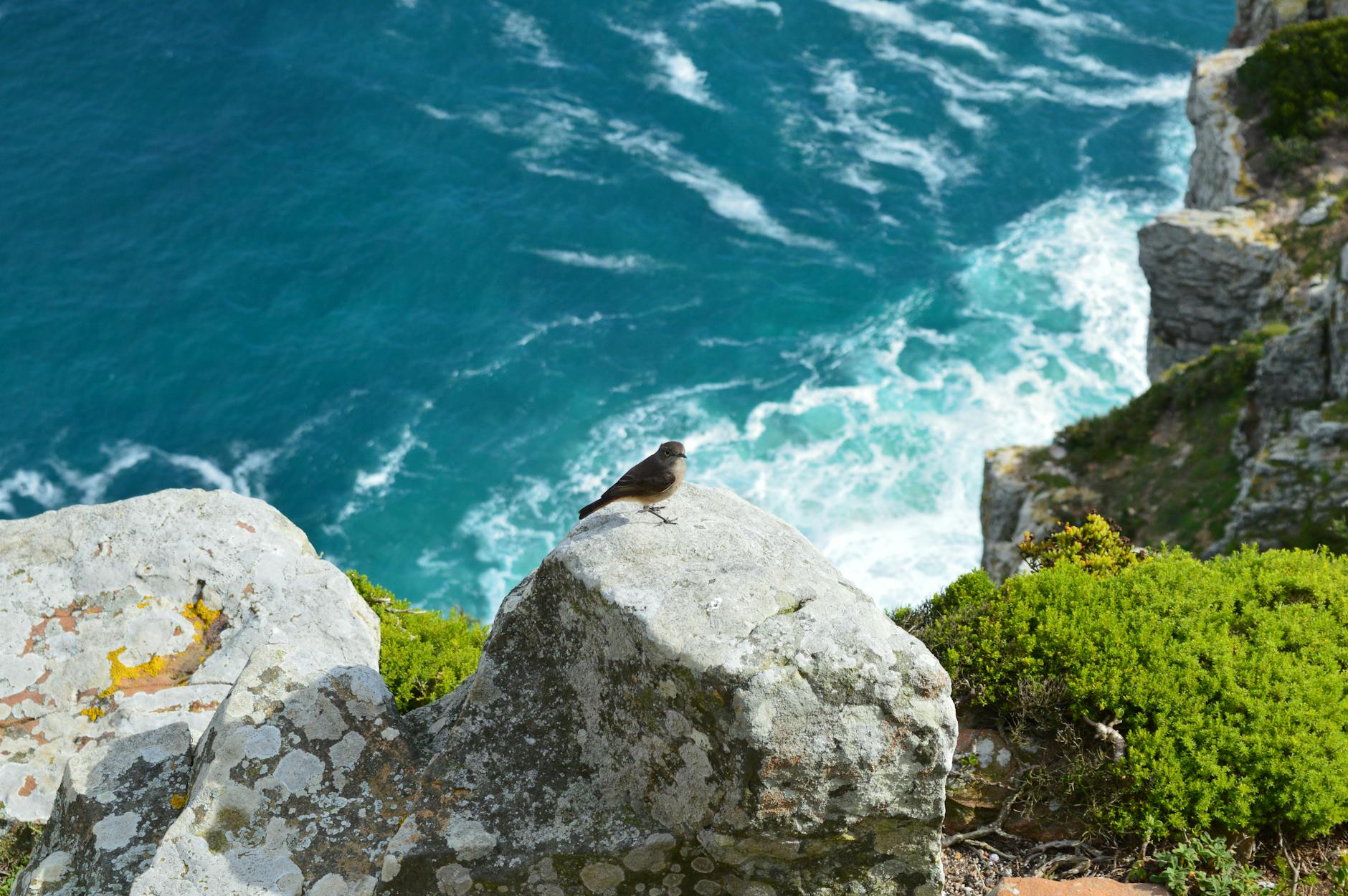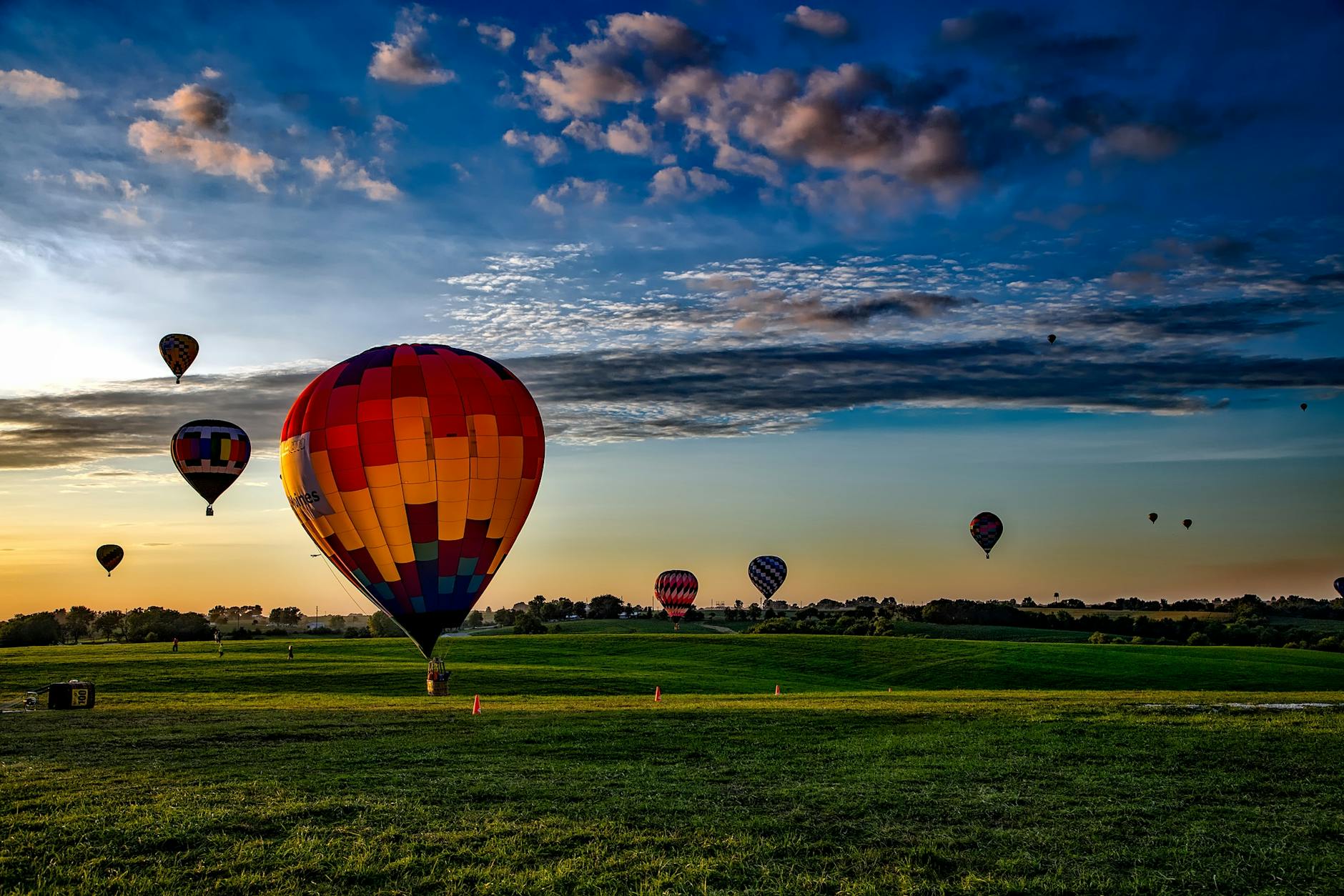Why Australia's Natural Wonders Are a Conservationist's Paradise

Unique Ecosystems
Australia's diverse landscapes are home to some of the most unique ecosystems on Earth. With its biodiverse landscapes, the continent harbors a wealth of endemic species found nowhere else. On a personal journey to the Royal Botanic Gardens Victoria, I was reminded of the intricate connection between flora, fauna, and their environments. The gardens, a living testament to conservation success, highlight the significance of protecting local species through initiatives like seed banks and habitat restoration.
In regions like Rwanda, the practice of gorilla trekking rwanda offers a profound glimpse into the importance of preserving nature's delicate balance. Here, people are encouraged to explore these magnificent animals' habitats responsibly, illustrating that tourism can indeed coexist with preservation. Moreover, the remote Southern Hemisphere ecosystems in south georgia cruise expeditions make participants acutely aware of their environmental impact, stressing the need for respectful exploration.
Rainforests and coral reefs remain two of Earth's most vital ecosystems, playing critical roles in biodiversity and climate regulation. The Great Barrier Reef, for example, is an underwater wonder severely threatened by climate change and human interference. Efforts to protect these fragile environments are essential. Even in Antarctica cruises, responsible travel practices help mitigate the negative impact on the pristine ice-covered landscapes, allowing adventurers to embrace nature without causing harm. By engaging in mindful exploration, we ensure these incredible ecosystems thrive for future generations.
Conservation Efforts
Protected Areas Management
In my experience working with diverse ecosystems, I've witnessed the monumental role that protected areas play in conservation. These regions are meticulously managed to preserve biodiversity, offering a sanctuary for endangered species. At the Royal Botanic Gardens Victoria, I have observed firsthand the importance of safeguarding plant species through institutes dedicated to research and preservation. In addition, some African countries are leading in this domain, with initiatives designed to support sustainable tourism while maintaining ecological integrity. When engaging in African tours, appreciate how these regions apply strict regulations to protect wildlife while allowing visitors to enjoy breathtaking landscapes.
Indigenous Land Practices
The integration of indigenous wisdom into conservation practices is a testament to our commitment to ecological balance. The custodians of Australia's land have long been stewards of sustainable environments, with knowledge passed through generations. Their practices, such as controlled burns for land health, serve as a compass guiding modern conservation efforts. This knowledge is increasingly recognised globally, including in Tailormade Africa itineraries, which highlight the incorporation of traditional wisdom into sustainable tourism models. Empowering indigenous groups is essential in maintaining ecological practices that have preserved our natural landscapes over centuries.
Success Stories in Preservation
The past decade has produced numerous success stories that underline the potential for effective conservation. For example, the reestablishment of native flora in urban areas like CERES Community Environment Park is an inspirational model of local action with global reach. These initiatives demonstrate that conservation can indeed lead to recovery and flourishing ecosystems. Working towards these goals together offers hope that our world’s precious biodiversity can be preserved for future generations.
Sustainable Tourism Practices
Eco-Friendly Tours
I vividly remember my visit to the CERES Community Environment Park, where I saw firsthand how impactful eco-friendly tours can be in promoting sustainability. One particular aspect of eco-tours that resonates with me is their commitment to minimising environmental footprints while offering enriching travel experiences. In places like the Yarra Valley, local operators offer organic farm visits that allow travellers to connect on a deeper level with nature. This approach is mirrored in tours exploring the vibrant ecosystems of South America, where guided south america tours consciously track land-use impact while enlightening participants about the relationship between indigenous communities and their surroundings.
Wildlife Conservation Initiatives
Wildlife conservation initiatives play a crucial role in sustainable tourism, enhancing our understanding of natural habitats while championing biodiversity. Remember the thrill of observing rare species during eco-conscious excursions? These experiences extend beyond personal benefit, embodying a broader purpose: engaging visitors in conservation narratives. Such initiatives ensure that vulnerable species receive the attention and protection they deserve, akin to the efforts conservationists are making in polar expeditions, where researchers are often guided by ethical frameworks to mitigate environmental disruptions.
Community Engagement Strategies
In my role as an environmental scientist, I often stress the importance of community involvement in sustainable tourism. By supporting local communities, we pave the way for tourism that respects and strengthens traditional practices. The strategic engagement—whether through collaborative environmental workshops or equitable tourism profit-sharing—ensures that local voices lead the preservation dialogue. Such initiatives not only conserve but elevate the cultural and ecological wealth visitors encounter, fostering global stewardship built on shared knowledge and respect.
Challenges in Conservation
Threats to Biodiversity
Reflecting on my experiences roaming the tapestry of ecosystems in Victoria's Yarra Valley, I’m continuously awed by nature's intricacy. Yet, stark realities confront us. The threat to biodiversity is palpable, whether rooted in habitat destruction, pollution, or invasive species. Conservationists constantly challenge these adversities, often relying on scientific foresight to steer protective measures. It resonates strongly with my work in climate research, emphasizing that thoughtful intervention can elongate Earth's biological tapestry.
Climate Change Impacts
In grappling with the spiraling impacts of climate change, I've observed shifts that are increasingly difficult to ignore. From altered rainfall patterns affecting crop yields to the tangible rise in ocean temperatures, these phenomena deeply compromise our ecosystems. The melting glaciers are particularly concerning, spotlighting the urgency to mitigate these changes. It's not just about the landscapes, like those hosting machu picchu tours; our fight extends to maintaining the delicate equilibrium of life they support.
Balancing Tourism and Preservation
The notion of balancing tourism with ecological preservation is a familiar frontier in my discourse circles. Discussions often pivot to sustainable avenues like the sensitively curated tanzania tours. Striking that balance is akin to a finely-tuned symphony: promoting economic growth through tourism without trampling nature's rights. The key lies in designing tourism that treads softly, respecting the limits of our planet's support systems. Recollections of engagements at places like CERES Community Environment Park illustrate the synergy between human curiosity and environmental stewardship, rendering sustainable travel not just a dream, but a realistic mantra for today’s adventurers.
Elevating Conservation Through Best Practices
Implementing Sustainable Policies
Drawing inspiration from the Royal Botanic Gardens Victoria, implementing sustainable policies is a cornerstone of effective ecological preservation. Initiatives here demonstrate how integrating conservation principles into local governance can yield substantial benefits. By focusing on reducing carbon footprints, we can safeguard our unique ecosystems for future generations. Policies that promote the use of renewable energy and address waste management, especially in tourist-heavy areas, are imperative.
Educating and Empowering Tourists
In my visits to eco-friendly tours in Yarra Valley, it's evident that educating tourists is crucial in fostering a deeper appreciation for our natural world. Informative programs that highlight the importance of local flora and fauna can turn a simple visit into a profound learning experience. For instance, the guided tours often incorporate stories about the endemic plant species and their roles within the ecosystem. Providing private tours Tasmania, which emphasize eco-conscious practices, can help tourists connect more meaningfully with the environment and understand their role in its conservation.
Collaborating with Local Communities
The sustainability initiatives at CERES Community Environment Park have shown us that community collaboration is key. Working hand in hand with local communities not only empowers them but also ensures that conservation efforts are culturally relevant and sustainable. By engaging with Indigenous groups and supporting traditional land practices, we can create a more inclusive approach to environmental protection. Encouraging partnerships between eco-friendly operators and local artisans can create ecotourism jobs, thus benefiting both nature and the community economically. These collaborations inspire hope and action toward protecting our precious biodiversity.


